Key Light
"K" is for Key Light.
The key light is the first and typically most important light a photographer will use to light the scene. Key light highlights the form and dimension of the subject and there are different types of lighting that can serve as the key light.
High Key: High key lighting has a blown out and artistic look. These types of images are common in interior design.
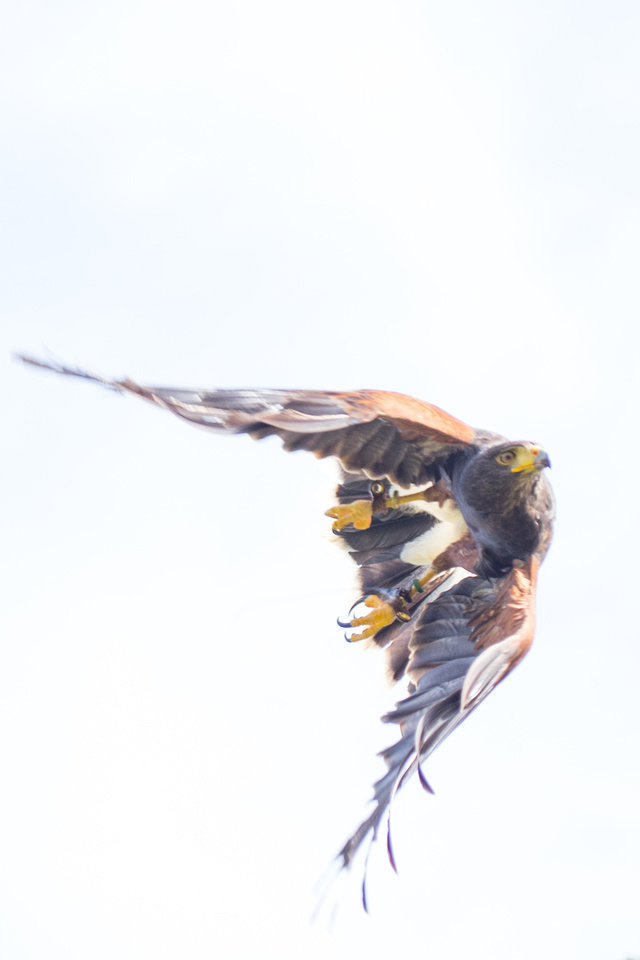 Harris Hawk, Oroville California Harris Hawk, Oroville California
|
Low Key: Low key images are shadowy, high contrast, and overall much darker than their high key lighting counterparts. Low key lighting photography is great if you’re going for a dramatic, high contrast effect.
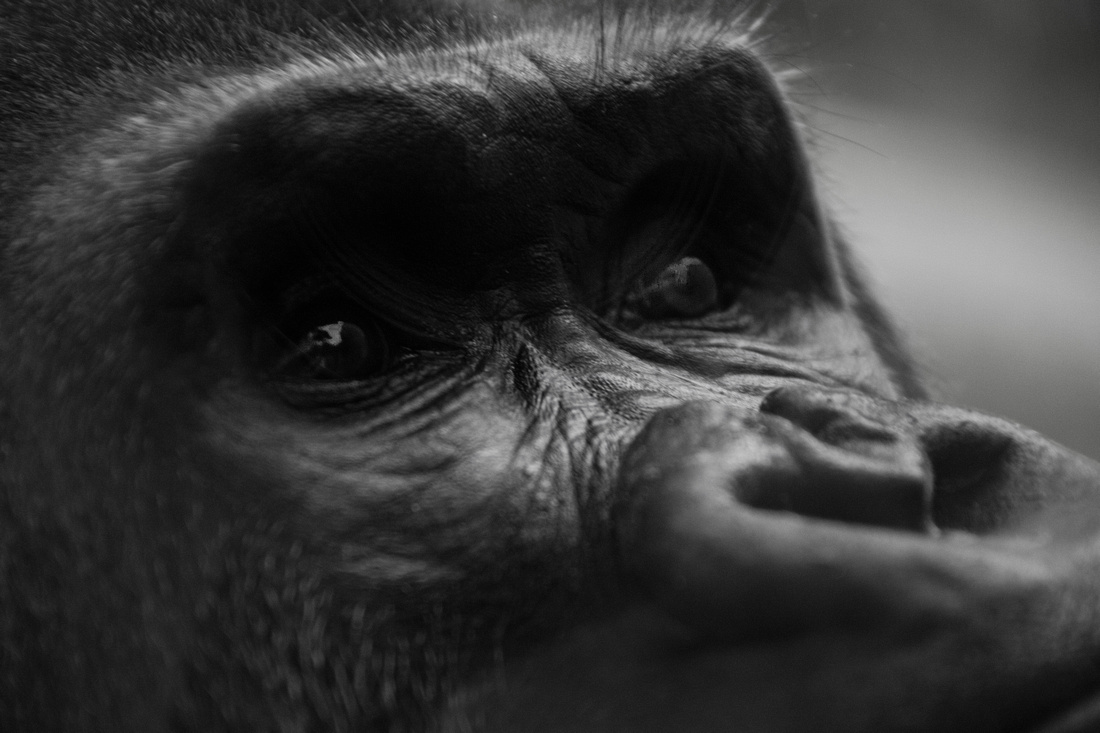 Gorilla, San Diego Zoo Gorilla, San Diego Zoo
|
Intensity: Intensity refers to the volume or amount of light the scene or subject receives from the sun, the primary light source for outdoor photography.
High Intensity: High intensity light is most closely associated with the bright sun at midday. Photographers often avoid midday for photography, but it can provide opportunities if you look for them.
 Snow covered pines, Yosemite National Park Snow covered pines, Yosemite National Park
|
Low Intensity: Low intensity light is soft and diffused. Cloudy, overcast skies, and open shade create these conditions. Soft light evenly illuminates the scene.
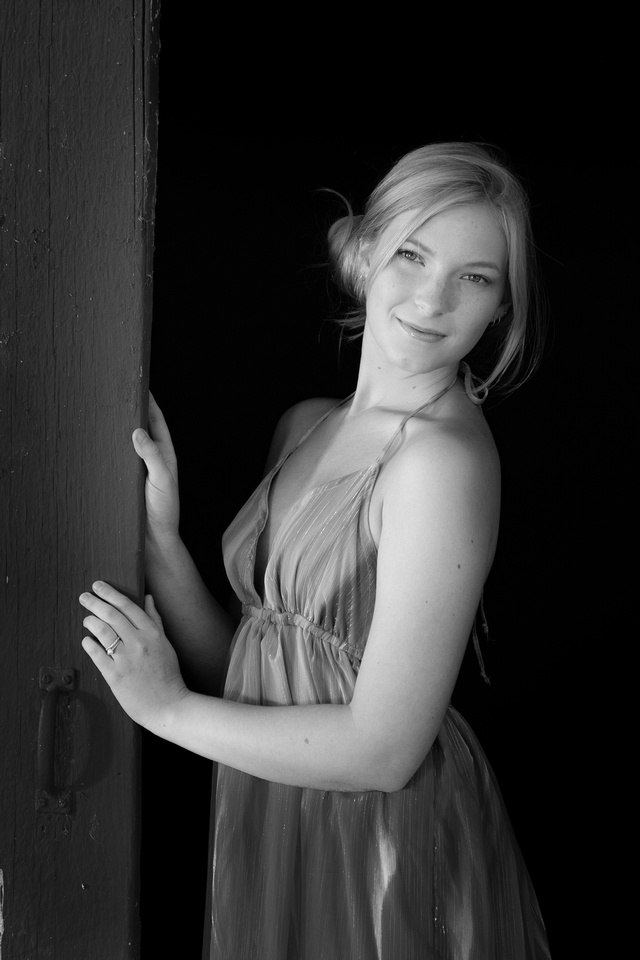 Model in doorway Model in doorway
|
Color Hue: Hue is one of the main properties of a color, which we typically think of as the colors in the rainbow.
Cool: Cool light is most common during the blue hour, about an hour before sunrise and an hour after sunset, and in shade on bright days.
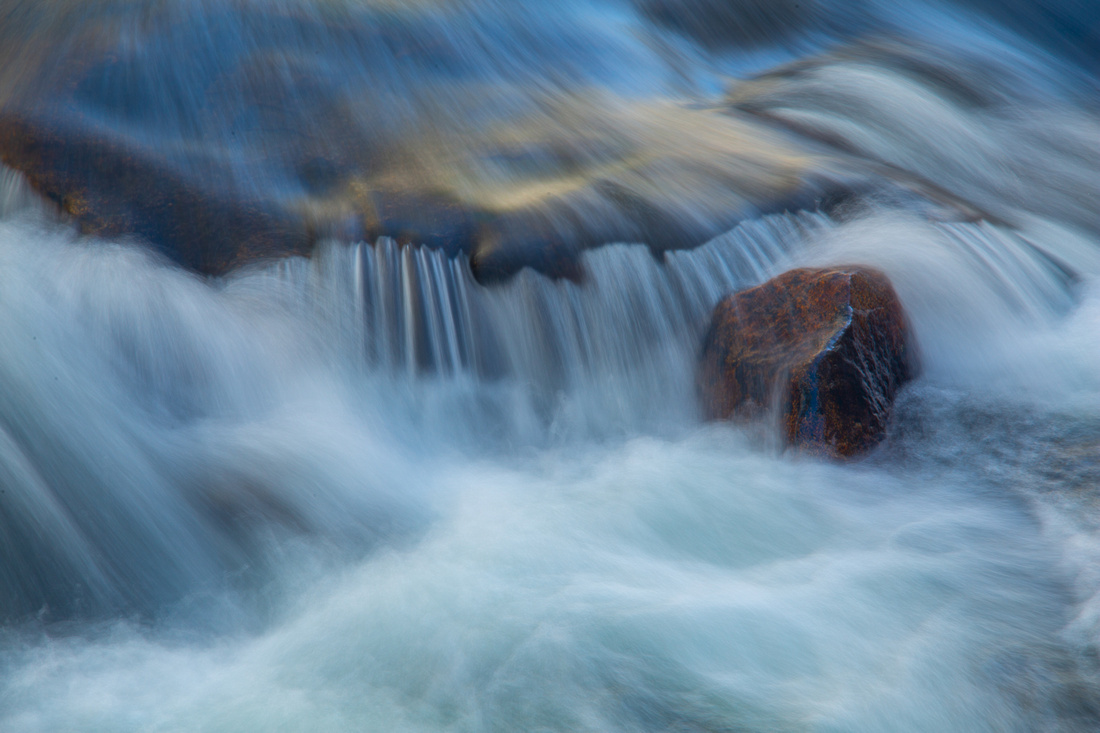 Merced Rover, Yosemite National Park Merced Rover, Yosemite National Park
|
Warm: Warm light is most common during the golden hour, which occurs around sunrise and sunset. This light occurs at a low angle, which provides a warm glow that tends to be pleasing.
 Sunset, Crescent City Beach, Crescent City California Sunset, Crescent City Beach, Crescent City California
|
Direction: Light that gets emitted from a specific direction.
Front light: Front lighting occurs when the sun is directly behind you. While this is the easiest light to manage, it is can be boring and predictable.
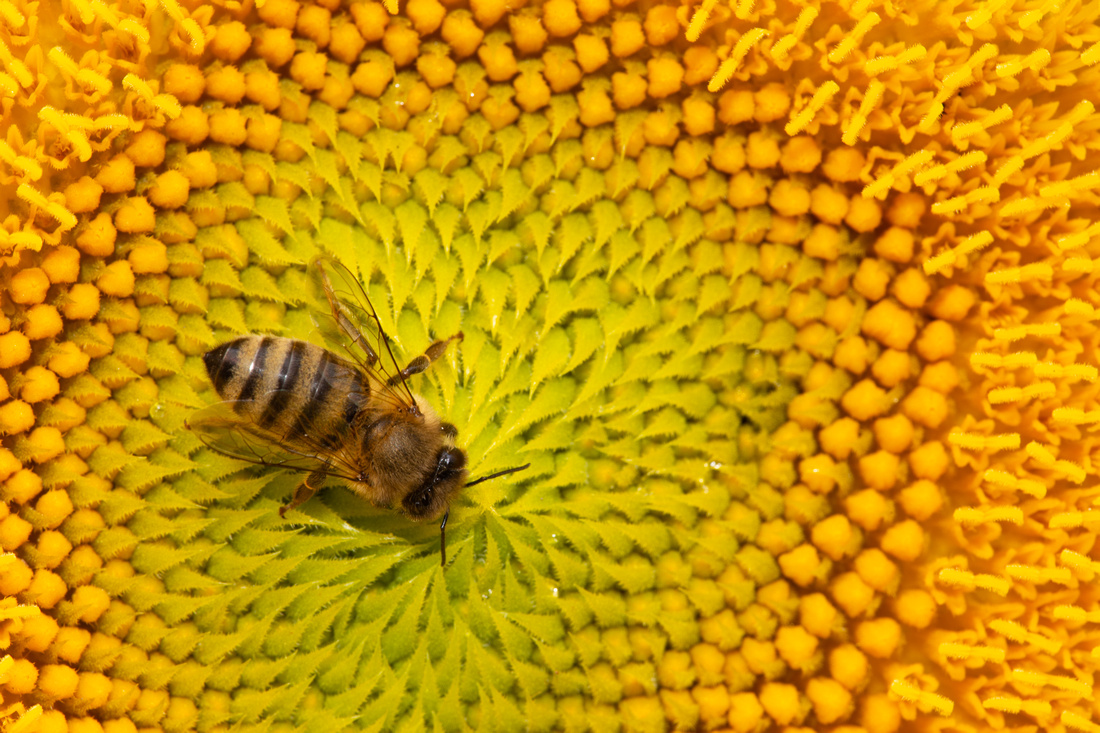 Bee pollenating a sunflower, Dixon California Bee pollenating a sunflower, Dixon California
|
Side light: Light that illuminates the scene or subject at a 90-degree angle. This lighting emphasizes texture, depth, or patterns. For example, a sand dune, where the ripples and texture in the sand are important elements in the image, is best captured with strong side lighting.
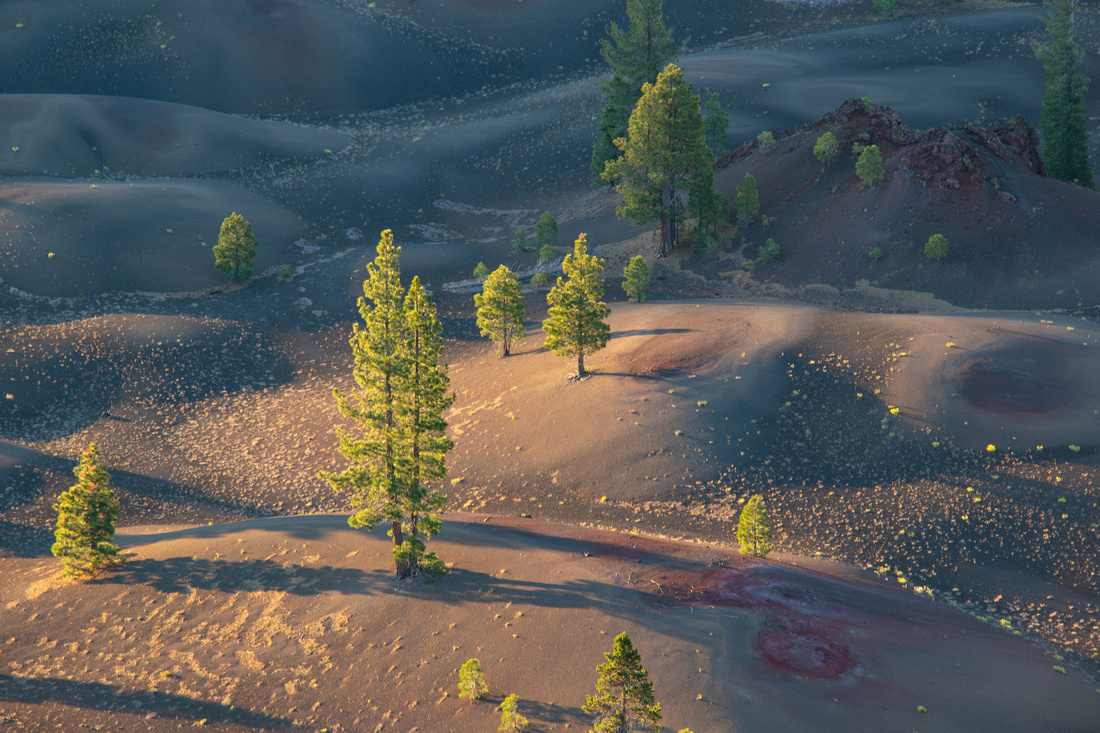 Painted dunes at sunrise, Lassen National Park Painted dunes at sunrise, Lassen National Park
|
Back light: Light that is behind your subject. This can be challenging light to work with but also creates dramatic effects. Subjects with translucent materials—such as grasses, fall foliage, or animal fur—can come alive with a gorgeous backlit glow or rim light.
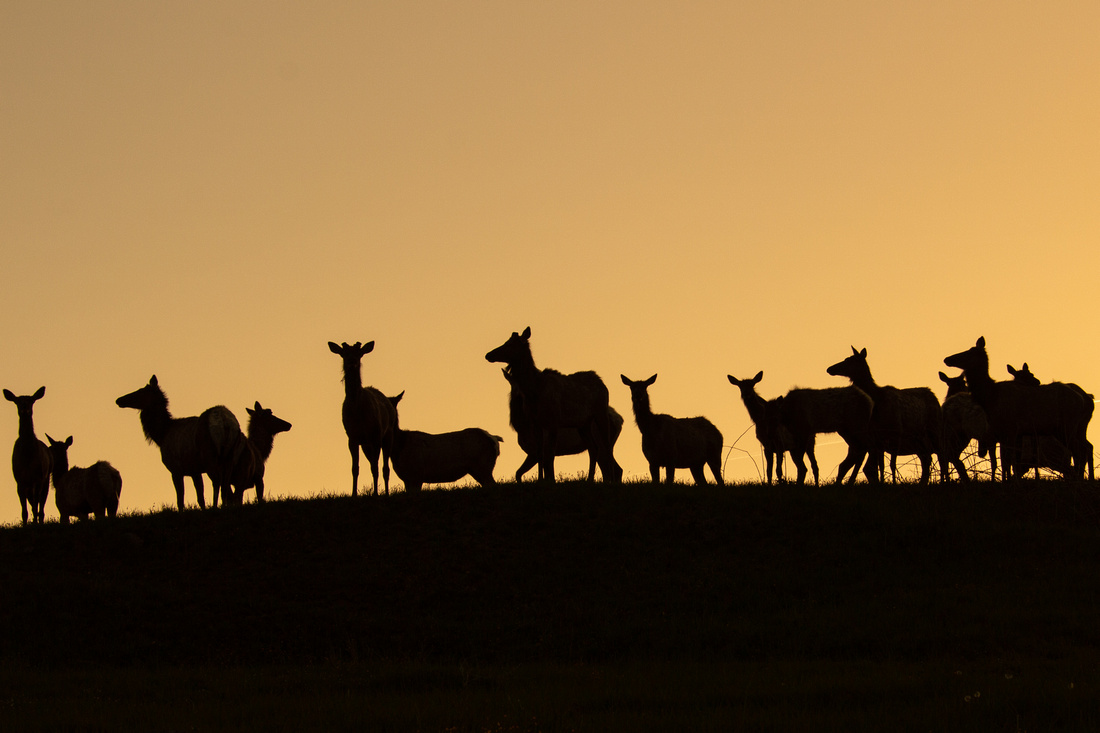 Roosevelt Elk, Redwoods National Park Roosevelt Elk, Redwoods National Park
|